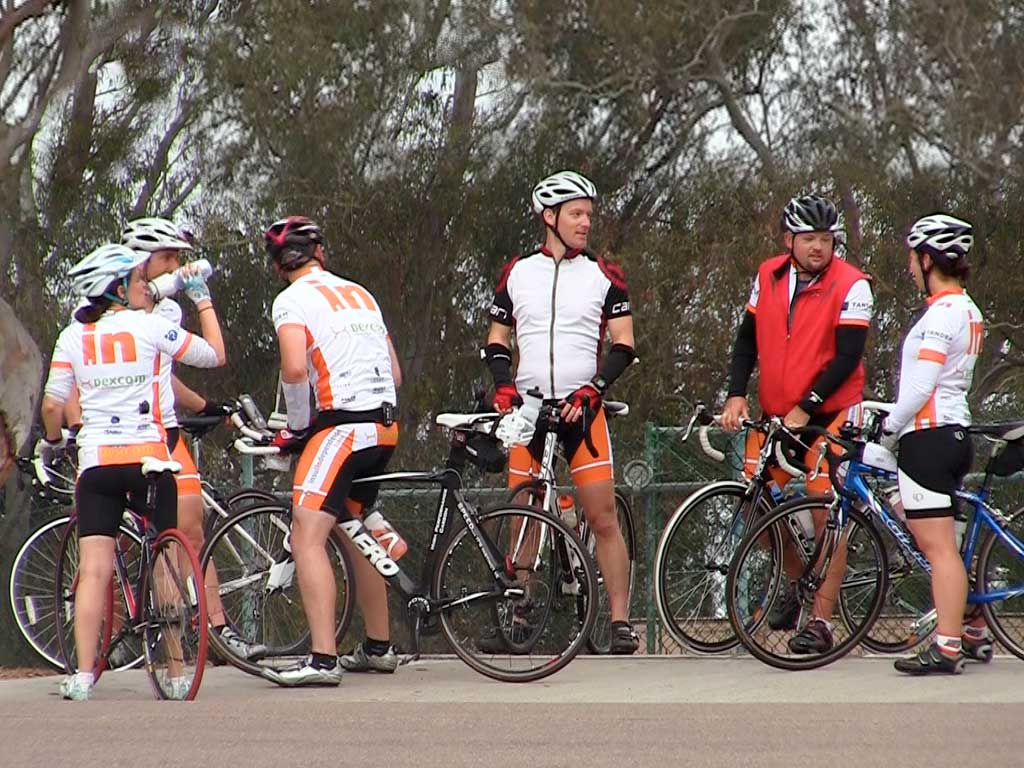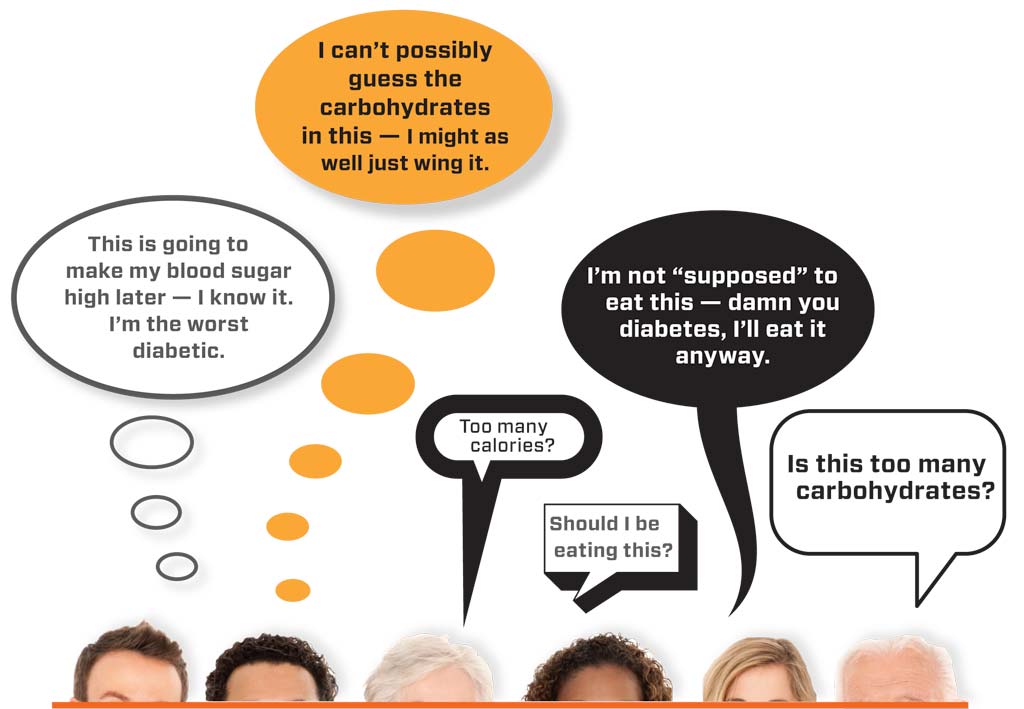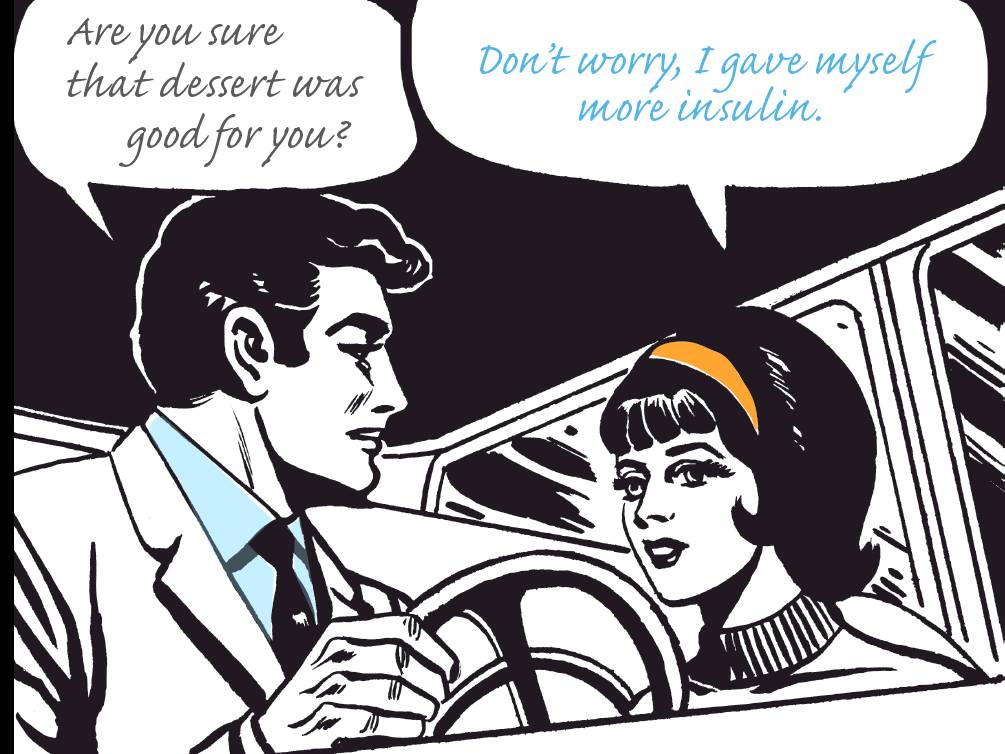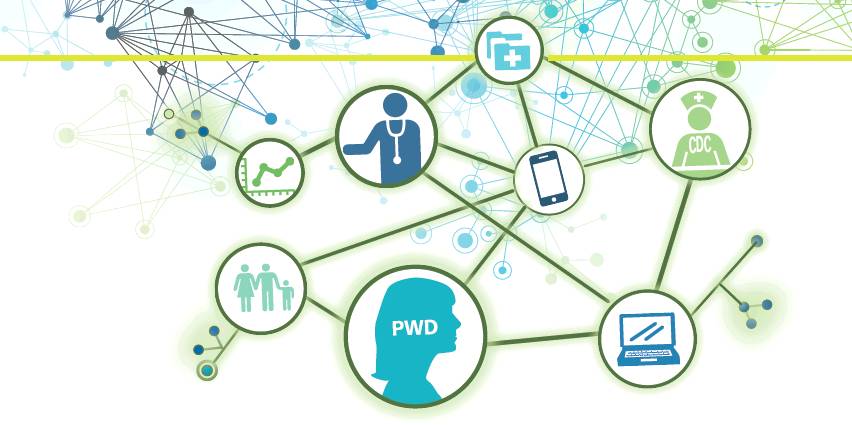Thanksgiving with Type 1 Diabetes: 3 Blood Sugar Management Tips
Increase your basal insulin levels in advance and then bolus to match the slow digestion of that big ongoing meal
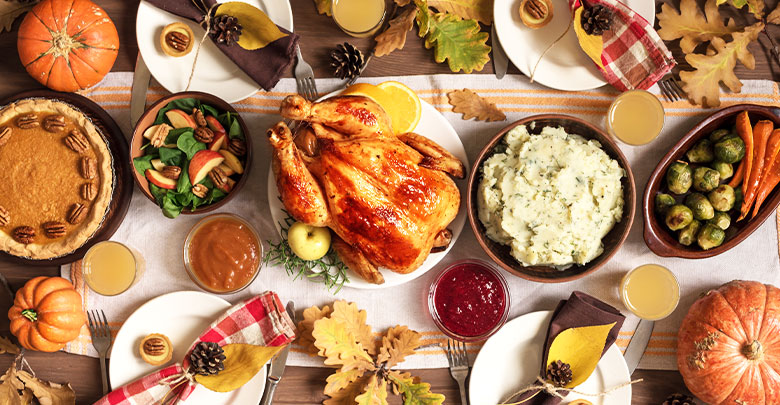
It’s the holidays, and you should be able to enjoy the fun and yum that comes with the season. As people with type 1 diabetes, however, we have to plan ahead for a day that revolves around mashed potatoes, stuffing, and pie.
Carbohydrate central!
Chasing high blood sugars all day on Thanksgiving (and likely the day after) is not fun. But it isn’t your only option, either.
Here are 3 tips for making type 1 diabetes management more successful on Thanksgiving.
Increase your background insulin
While the insulin we bolus technically covers our mealtime insulin needs, a significant change in your calorie consumption has a big impact on your background insulin needs, too.
Anticipate that Thanksgiving, and possibly the day after, will be BIG Carb Days and boost your background insulin in advance.
For example, have you ever noticed that your blood sugar the day after eating pizza runs a little higher and is a little more stubborn? The extra glucose produced from those higher-calorie meals linger in a variety of ways — and easily mean you’ll need more insulin the day of and the day after.
Instead of chasing your blood sugar with bolus after bolus after bolus, you’ll have a much easier time staying in your goal blood sugar range if you increase your long-acting insulin dose or set a temporary higher basal rate in your pump.
Talk to your healthcare team about taking 20 to 30 percent more background insulin on the day of Thanksgiving (13 units instead of 10, for example) or setting a temporary basal rate of 20 to 30 percent more insulin.
If you normally take your long-acting insulin dose at night, you could take your normal long-acting dose the night before Thanksgiving, and then take 30 percent more midmorning on Thanksgiving day.
And if you plan on eating leftover pie and mashed potatoes all weekend, you’ll likely want to keep that higher dose going.
Choose the carbs you love the most!
Personally, I’ve never understood the appeal of stuffing, nor do I need to eat sweet potatoes with marshmallows on top (gross!). But mashed potatoes, homemade cranberry sauce, gravy, and blueberry pie definitely score high on my “carbohydrate priorities” list.
Just because there are 9 different types of starchy carbs on the table doesn’t mean you have to eat them all.
Choose the carbohydrates that matter most to you.
Are the crackers and cheese everyone’s eating before Thanksgiving dinner really worth the carbs?
Maybe. Maybe not. For me, no — I’ll save those carbs for dinner, and have something lighter for an early day meal. (Probably a salad!)
Ask yourself in advance, ‘which carbs matter the most to me?’
Don’t take your insulin dose all at once
When you put that much food in your belly within just a few hours, you’ll inevitably be digesting those calories for hours and hours.
If you count up all the carbohydrates on your plate and take the full dose of insulin right then, you’ll probably end up low in two hours. Then you’ll treat the low, and end up sky-high a few hours after that because the rest of your dinner is finally being digested.
Remember, when you consume a large serving of fat and/or protein, you’ll need insulin to compensate for those macronutrients, too. It’s not just about carbohydrates.
Most likely, you’ll eat a big plate of food, go back for a smaller plate of seconds, and then an hour later, have a big piece of pie!
My Action Plan for Turkey Day
My action plan for Thanksgiving is simple:
- I try to skip seconds
- I take at least 5 units of insulin every 2 hours until I total 15 to 20 units depending on how much I ate.
- I check my blood sugar frequently to be sure I didn’t over-or-under-estimate my insulin needs.
Remember, More Insulin
Conquering type 1 diabetes on a day like Thanksgiving just requires… more insulin than you’re used to taking.
That insulin needs to be spread out over the course of many hours instead of being taken around the time you eat because the extra fat and protein mixed with all those carbs will extend the time your food takes to fully digest.
As always, work with your healthcare team if you aren’t accustomed to adjusting and manipulating your insulin doses on your own.
Check often. Give thanks. Enjoy!

